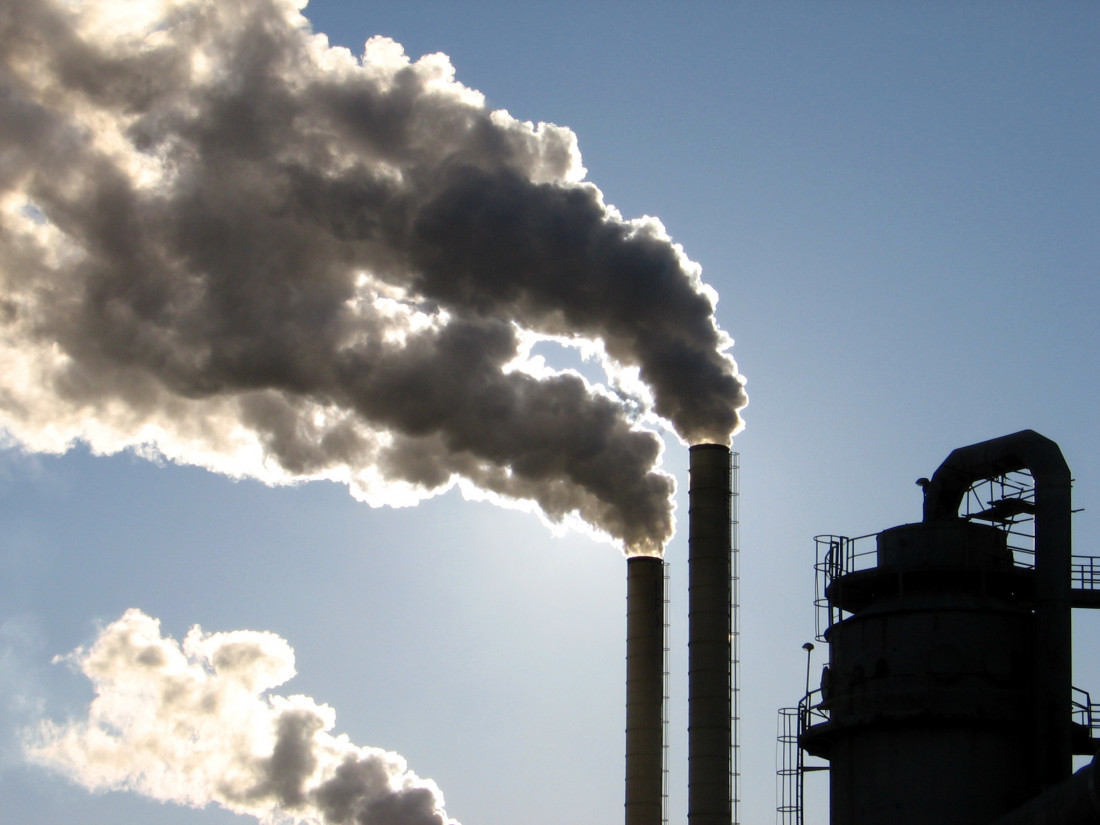CONSTRUCTION CHEMICALS
Whilst the housing boom in China seems to be passed its peak, there are still plenty of opportunities for the chemicals trader in the construction chemicals industry. Other Asian economies, such as Vietnam, India and Bangladesh still have relatively young populations that in the coming years will want homes of their own and the chance to settle down. This is sure to keep a need for construction chemicals.
Even mature economies like the UK and Portugal have housing shortages, and there is great pressure on the governments there to make building easier. This will be essential for the chemical industry as a whole, due to the high amount of chemicals used in modern construction. According to Al Greenwood from ICIS Chemical Business, “Housing is crucial because so much chemistry goes into construction, from polyvinyl chloride (PVC) to paints and coatings as well as synthetic fibres. The American Chemical Council estimates that each new home built represents some $15,000 worth of chemicals.”
Other chemical industry analysts note the importance of supply (as well as demand) as a market influencer.
As Sanjeev Gandhi, BASF’s top manager for the region recently stated, “For years now, Chinese chemical producers have struggled with overcapacity, but the outlook is improving. In particular, the construction sector, where China’s slowdown had been particularly sharp, is showing signs of life. This could stimulate demand for the myriad building materials supplied by chemical companies such as BASF.”
You can read more about his opinions for Asian chemicals in 2016 here.
Clearly there are opportunities for business in the construction chemicals industry, despite the slowdown in China. But is it the best sector in a successful industry?
AUTOMOTIVE CHEMICALS
Whilst the financial crisis of 2008 hit the automobile industry hard in Europe and even harder in North America, the restructuring that took place following the crash has resulted in a much more durable industry.
Meanwhile in Asia, car manufacturing has blossomed as the middle class in China, India, Korea and the rest of S.E. Asia has developed. This has led to a great many opportunities for chemical producers, upon whom the car industry is so reliant. Such that, according to Al Greenwood from ICIS Chemical Business, “Like housing, automobiles are an important chemical end market, and ACC estimates each vehicle contains an average of $3,500 worth of chemicals. These include acrylonitrile-butadienestyrene (ABS), polycarbonate (PC) and nylon; paints and coatings; and styrene-butadiene-rubber (SBR) in tyre production.”
As the latest car models contain less and less metal and more and more chemical compounds in improved designs, there are few who doubt the influence that the automobile industry will have on the chemicals industry. Those wishing to expand their chemical portfolio would do well to focus on those products that are key components in car manufacturing.
Furthermore, as the American economy is beginning to show signs of a full recovery from recession, automobile sales are expected to peak in the coming years. As Greenwood makes clear in his report, “Automobiles, another major chemical end-use market, should continue to perform well in the US. The automobile industry began recovering early from the recession and this year, ACC expects light-vehicle sales to reach 16.9m.”
But will the automotive chemical market outperform agrichem?
AGRICULTURAL CHEMICALS
With a growing world population, the long-term future for Agchem looks very bright, but the short-term may see much restructuring across the industry. The seemingly impending buyout of Syngenta buy ChinaChem (see BBC link here) is a large part of that, and other smaller to medium sized businesses may also need to find synergies to compete in what has traditionally been a small firm industry.
The one area which may see the most growth is Indian Agrochems, which is expected by many to exceed growth in other regions. As Jean-François Tremblay of Chemical & Engineering News explains why. “One reason is that the sales tax system will be reformed to lower and simplify the cost of transactions. In addition, the monsoon in 2016 will likely be better than last year’s because India rarely experiences two bad monsoons in a row. The rains matter to the economy in a country where two-thirds of the population is rural and dependent on agriculture.”
With so many Indians dependent on farming for their livelihoods, it seems likely that this will be a good investment area for chemical traders in 2016.
Whilst other sectors, such as polymers and plastics, biofuel additives and coatings, will also undoubtedly do well, many experts believe that 2016 will see automotive, construction and agrichem perform best. Or do you have a better investment plan?
You can see if your idea is working by tracking the chemicals market at SPOTCHEMI a.s. Buy and sell any chemical product, or just follow your competitors price offers.

